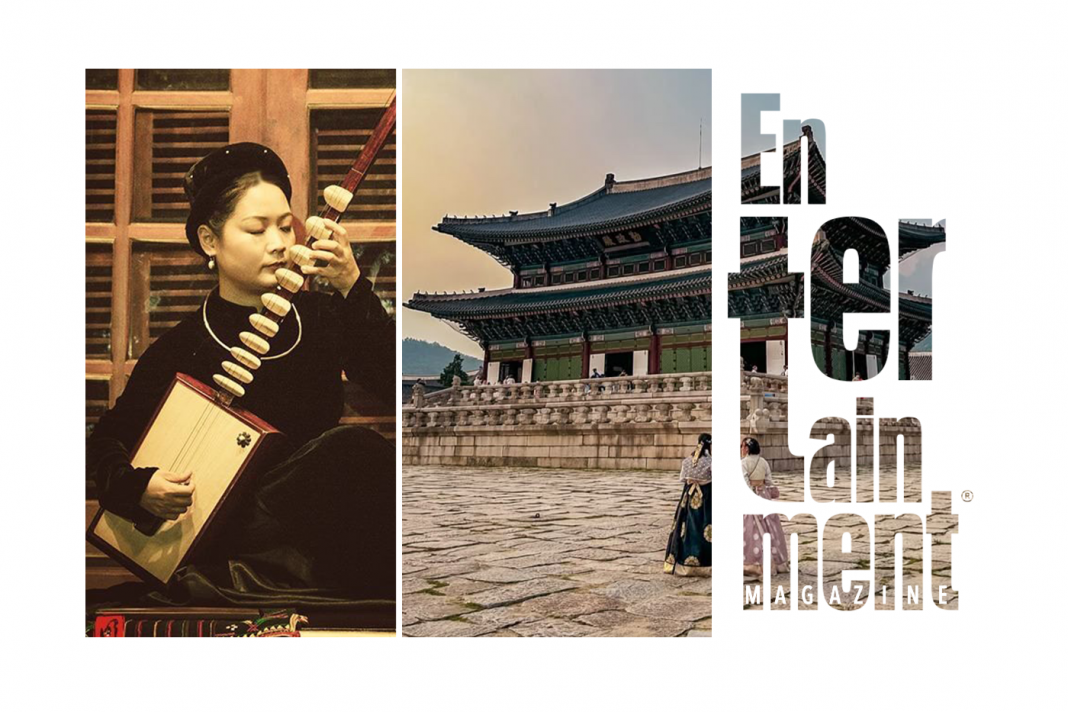Quiet and devoid of the spotlight, Kokou no Hito – The Climber – stands as a unique symphony in the vast ocean of Japanese sports manga. It doesn’t celebrate victory or glorify teamwork. Instead, this manga silently follows the footsteps of a solitary mountaineer—where words become unnecessary, and life sometimes hangs by nothing more than a fragile thread suspended in the sky.
When sport mangas are no longer the cheers
Unlike titles like Haikyuu!!, Slam Dunk, or Captain Tsubasa, Kokou no Hito doesn’t ignite team spirit or the thirst for victory. Based on the novel of the same name and adapted by artist Sakamoto Shinichi, the series explores a different depth: sports as an inner journey, and mountain climbing as a metaphor for the turbulent existence of modern humanity.
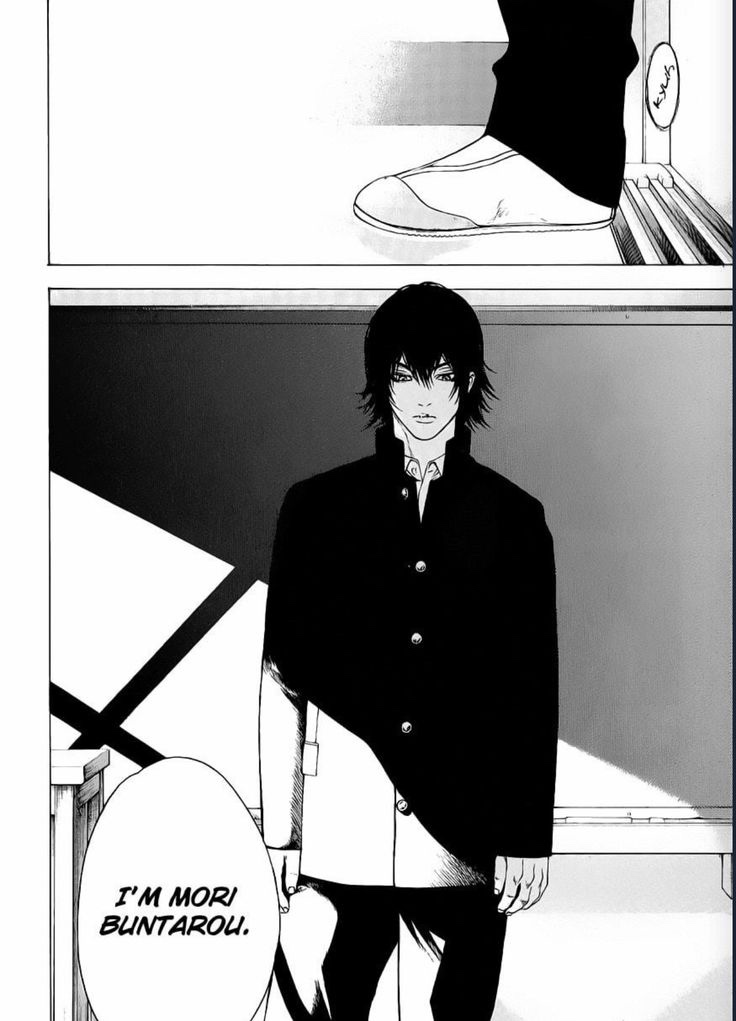
The protagonist, Mori Buntarou, is not a conventional “hero” who inspires through typical tropes. He is a solitary, withdrawn teenager, burdened by emotional wounds that are hard to name. For Buntarou, climbing – a sport known for its harshness and danger – is the only way to escape the monotony of everyday life and reach a state where he can “truly feel alive”.
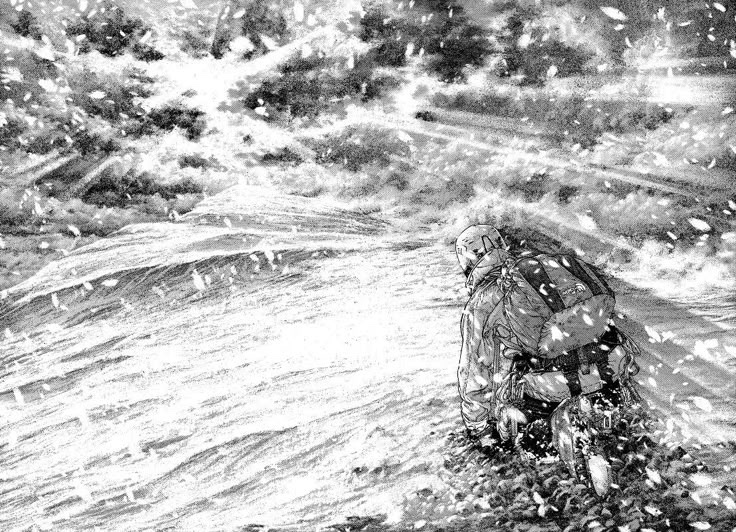
The apex – hiding spot for insecure souls
“If I don’t climb, I’ll die.” – Buntarou once said. For him, every ascent up a sheer cliff face isn’t just a physical challenge – it’s the only way to battle the inner darkness that gnaws away at his will to live. Unlike a stadium filled with cheering crowds, mountain climbing offers only the raw confrontation between man and nature, stripped bare amid the cold and the peril. The panels depicting the Karakoram or Everest in Kokou no Hito resemble vast ink-wash paintings, where every gust of wind, every crack in the ice, could be a final verdict between life and death.
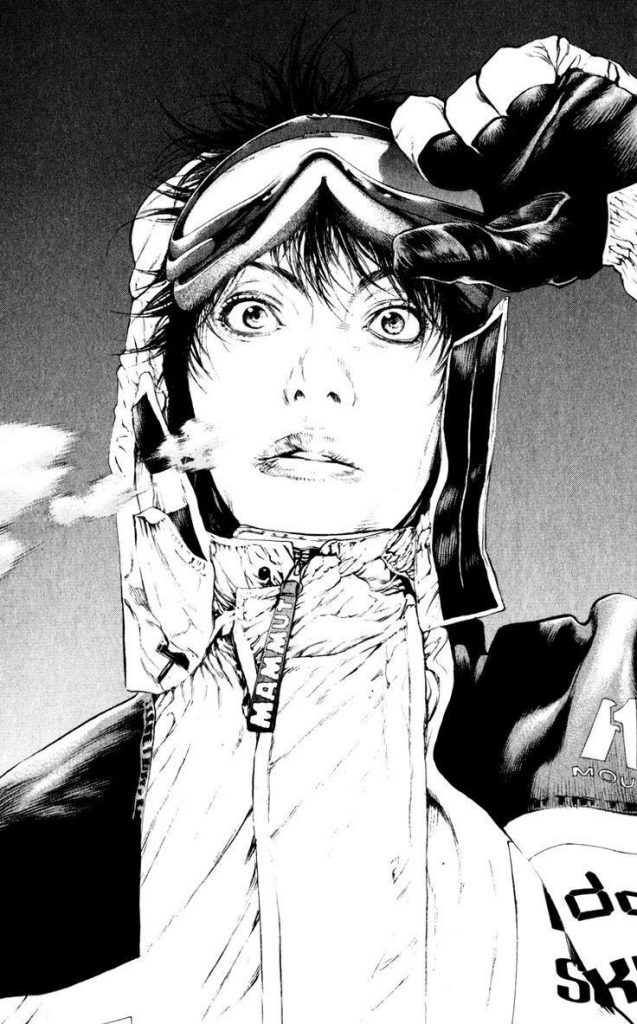
And yet, in that place seemingly inhospitable to life, Buntarou finds a strange serenity. Clinging to sheer cliffs, surrounded by endless white snow and thin air, his inner voice begins to emerge – not through spoken words, but through images and deeply introspective monologues. In this silence, amid the vastness, he finally begins to hear himself.

Visual arts: When art prevails over words
Not just in its narrative, Kokou no Hito also defies conventional definitions of manga through its artistic style. Illustrator Sakamoto Shinichi employs a surreal, intricately detailed approach, with non-linear compositions and visuals that verge on abstract symbolism.
Some pages are nothing but a pair of eyes staring into the void. In others, vast snowy mountains stretch across silent panels, a wordless sequence of images that feel like visual incantations – drawing the reader into a trance-like state. Here, the art doesn’t just support the story – it becomes the story. Many readers confess to pausing for minutes on a single panel, not merely reading a manga, but contemplating a work of art. Kokou no Hito doesn’t rush the reader to flip the page – it asks them to linger, absorb, and slowly feel each layer of snow settling on the mind.
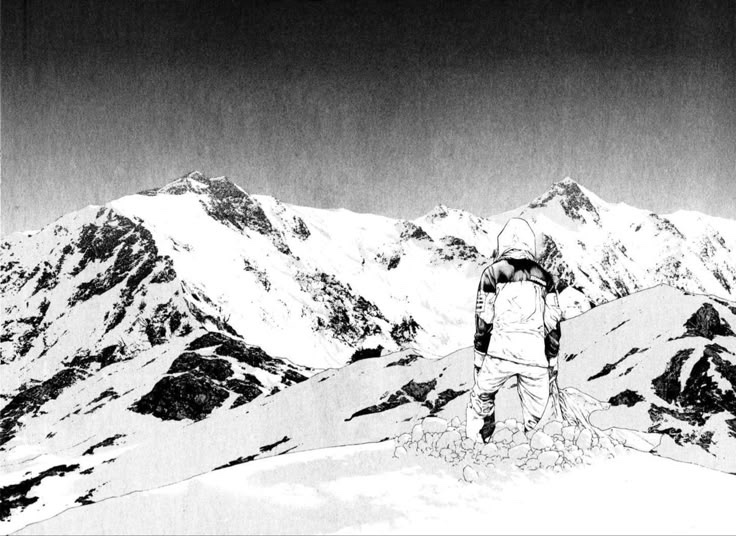
A poem of melancholy about maturity
Amidst the vibrant flood of sport manga filled with laughter and spotlight, Kokou no Hito is a melancholic ballad – aching and quiet – about isolation, depression, and the yearning for release. There are no real rivals, no tournaments to chase. Buntarou’s journey is one of introspection. The higher he climbs, the thinner the air becomes, the paler the colors fade – mirroring the gradual unraveling of his soul. In the final chapters, when Buntarou confronts K2 under near-impossible conditions, it’s no longer a story about achievement – it becomes poetry about existence itself. The question is no longer “Can he conquer it?” but “Can he survive?”
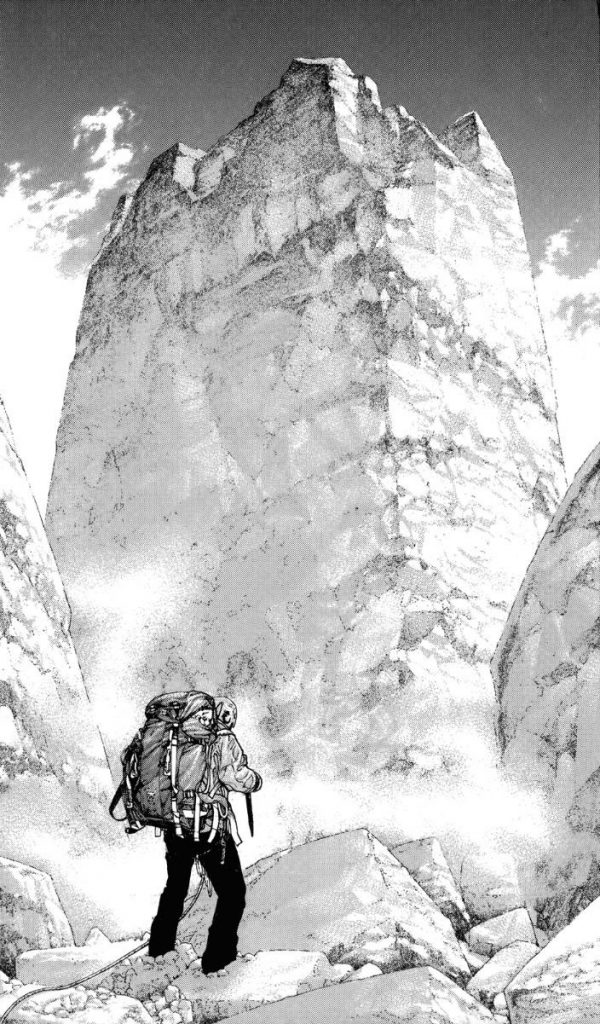
Kokou no Hito is a breathtaking exception in the world of sport manga – a world so used to roaring crowds and dazzling lights. Here, sport is not a competition, but a survival journey of a restless soul. And mountaineering – with all its harshness, cold, and silence – becomes a mirror reflecting the most universal loneliness of modern humanity. A low, sorrowful tune, yet necessary – like a final breath before reaching the summit… or the abyss.
Taylor | Cameron Truong






